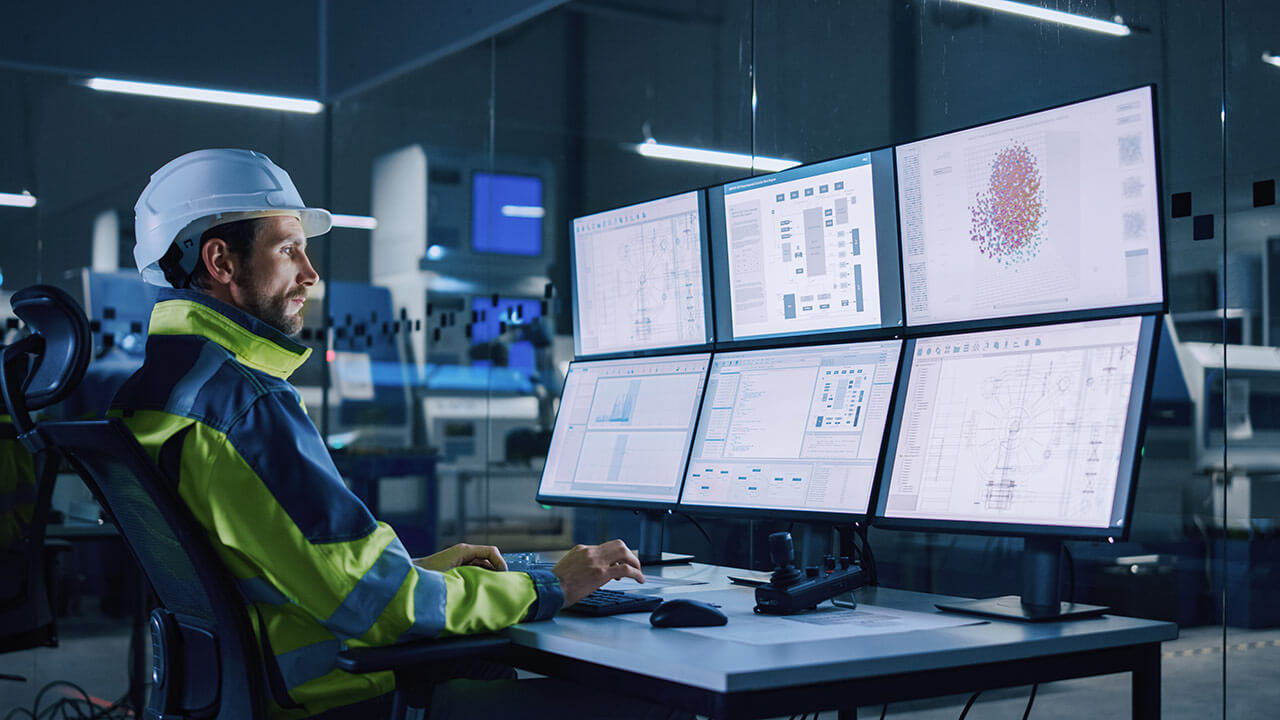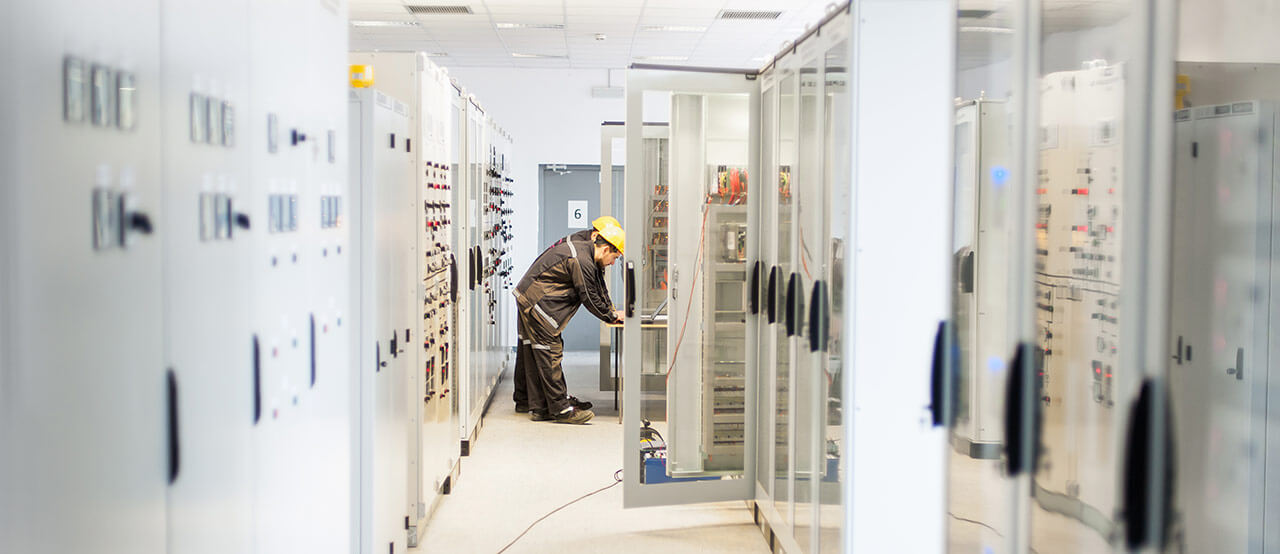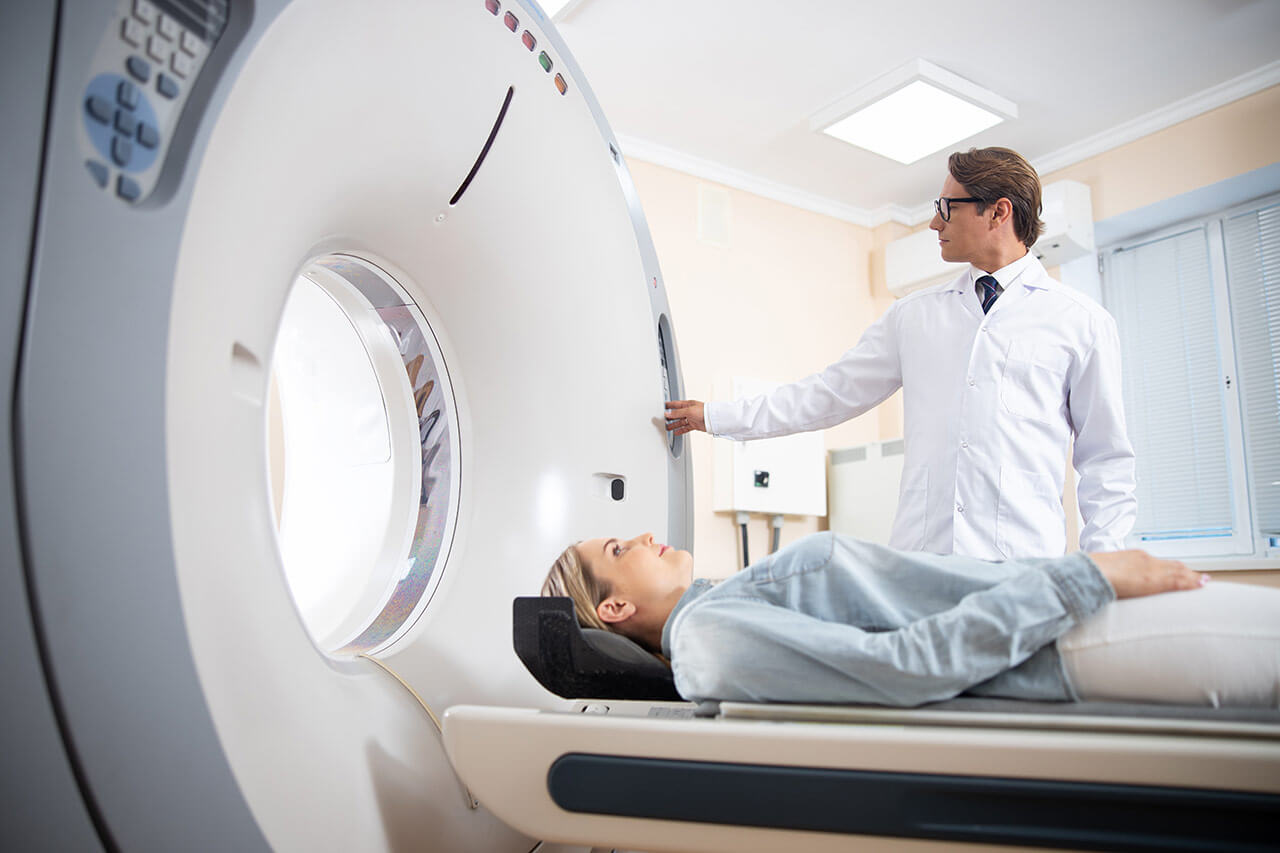The maintenance management of safety medical equipment in hospitals is a crucial issue for any healthcare centre.
The maintenance management of safety medical equipment in hospitals contributes to providing better and greater productivity of services and equipment.
The quality of the healthcare environment is often determined based on this management, determining the final expenses and costs of the hospital safety equipment, the quality of patient care and the confidence of the healthcare professional.
For this reason, the professionals who are in charge of the management of the medical team have to make sure that this type of device is up-to-date, works correctly and can extend its useful life to the maximum without giving up its optimal functioning.
How to get it?
Through the implementation of maintenance protocols for security equipment in hospitals.

What is a maintenance protocol?
We could define the concept of maintenance protocol as a list of tasks to be carried out on a specific type of equipment. In the health field, a protocol is all those steps and processes that must be followed for the correct maintenance of hospital safety equipment.
“In any maintenance protocol for a hospital safety equipment, we must include information such as the speciality of the work / machine, the frequency with which the task must be performed, its duration, whether the machinery must be active or inactive, etc.”
The design of protocols
The development of each maintenance procedure serves to have check sheets to collect the results of each test and the characteristics of each equipment.
In this way, it is possible to combine all the procedures for each protocol and reflect in an agile, fast and clear way the state of the sanitary equipment before and after the inspection and preventive maintenance.
Maintenance protocol for electrical panels
The electrical area is one of the most delicate and important in hospital security and protocols.
This protocol usually consists of a series of tests that are carried out in each of the electrical panels and lines, where both the electrical protections and the insulation are effective. Temperature is also usually measured by thermography.
“A protocol for electrical panels guarantees that the general panels are kept in an optimal state, ensuring the electrical flow of the facilities they supply.”
This is because electrical safety in medical facilities, especially in critical hospital areas, is a matter of the utmost seriousness.
Having a well-designed and complete electrical system is equivalent to taking all possible precautions beforehand and, therefore, facing the potential complications related to hospital electrical safety.
Hospital units are contexts with high risks of electrical failures if they do not have an adequate electrical safety system. The failures that can occur in hospitals go beyond physical equipment and can cause damage and loss of life.

Types of maintenance
Maintenance of a hospital and security equipment can be done in various operational ways.
The need to have an internal entity responsible for carrying out the actions indicated to conserve and properly maintain the facilities, equipment, machines, spaces and structures, is something crucial. Thus, we can summarize the main types of maintenance for hospitals in:
1. Preventive Maintenance
It is the scheduling of different types of tasks that help inspect the hospital infrastructure, medical equipment facilities and their operation. Specifically, they are all those administrative technical actions for the systematic care and inspection of a piece of equipment or item.
The purpose is to keep them in good working order, as well as to avoid and detect failures that can lead to major problems. This type of review has to be done periodically, either daily, weekly, monthly, etc. by qualified personnel.
2. Corrective maintenance
Corrective maintenance allows reporting the different failures, errors or wear found in the hospital centre equipment, caused by different types of factors that have not been detected in time. It is the maintenance that is carried out when an equipment and installation has stopped working or does so defectively, and has to be repaired.
Reaching this point usually means that the equipment will be out of order for a long time, or may suppose overtime. In any case, the costs are higher, either in the purchase of spare parts and materials, change of equipment, etc.
3. Predictive Maintenance
This maintenance is more common in health centers. Hospital engineers are essential in the development of this type of maintenance. This type of maintenance detects failures before they happen. To perform preventive maintenance, specialists use diagnostic instruments and non-destructive tests. In this way, they can estimate the useful life of an item, equipment, robot, etc.
Advantages of correct protocol management
In any hospital safety equipment maintenance protocol are very important, the specialists who perform all the procedures. Their training and good performance is a priority.
A quality control system must be in place to repair and maintain all medical equipment, focusing on the figure of the maintenance manager. The good work of the technicians specialized in the matter will obtain numerous advantages when managing the maintenance of sanitary equipment. Some of them are:
• Guarantee the continuous availability of the hospital service.
• Increase the useful life of the equipment.
• Maintain medical devices well by coordinating and supervising operations.
• Make hospital assets profitable with their long-term conservation.
• Avoid risks and technical problems at critical points, such as surgical procedures.
• Greater safety for patients and healthcare personnel.

On the contrary, the fact of not having a good management of the maintenance of sanitary equipment implies:
• Difficulty in fixing and maintaining equipment, especially if improper or useless equipment is acquired.
• Greater insecurity for both patients and healthcare personnel.
• Not being able to hire the best technical and trained personnel to carry out these tasks.
• A significant increase in costs.
Conclusion
The main objective of hospital maintenance is to provide quality and safety care to patients and healthcare personnel.
How?
Properly maintaining an adequate infrastructure, ensuring that hospital security equipment and facilities work correctly, efficiently.
This results in a better financial balance, reducing costs and expenses without neglecting attention and quality of service.
When hospital safety equipment maintenance protocols and planning and implementation routines are inserted in each centre, maintenance tasks are facilitated by maintaining more effective and efficient control of personnel and associated costs.



